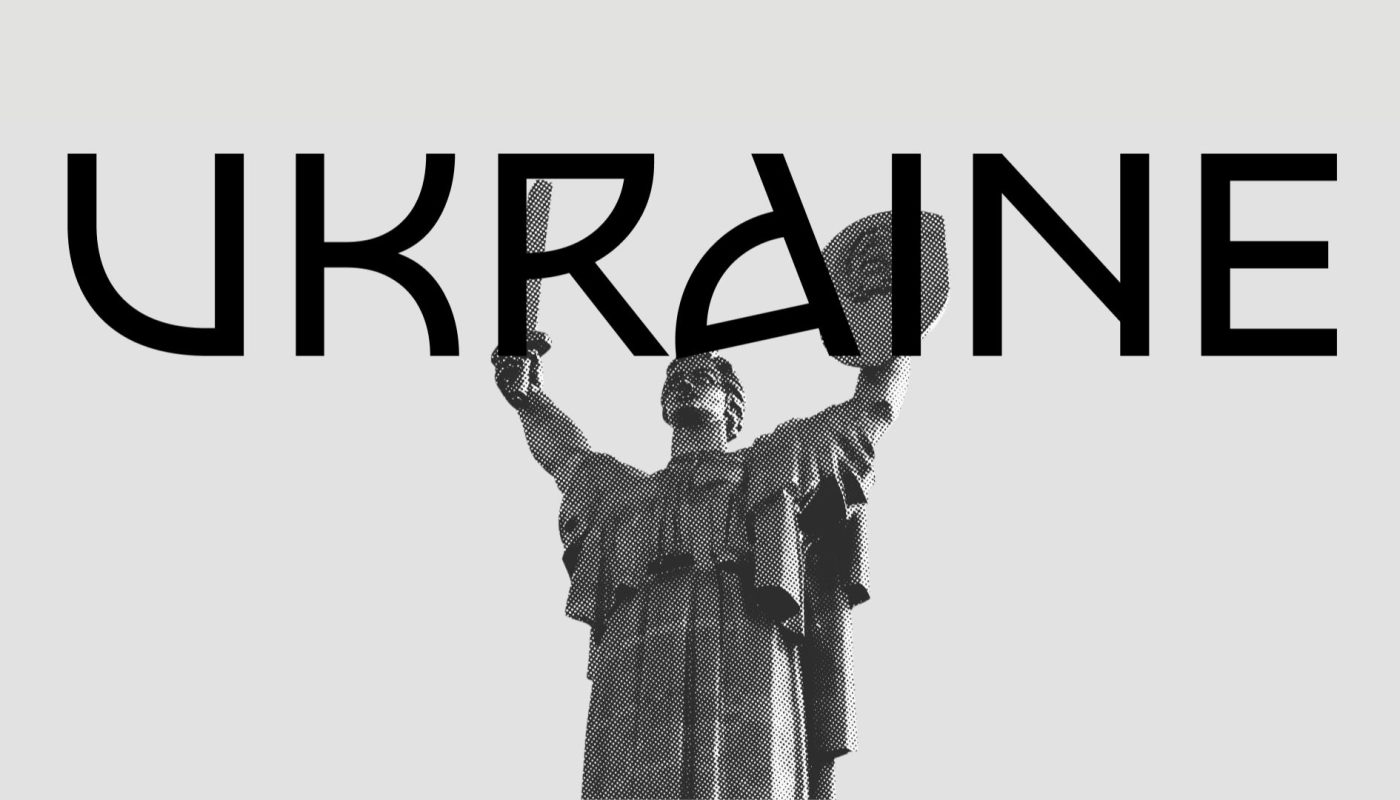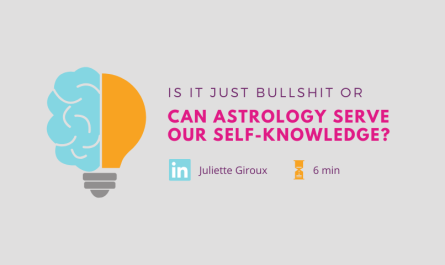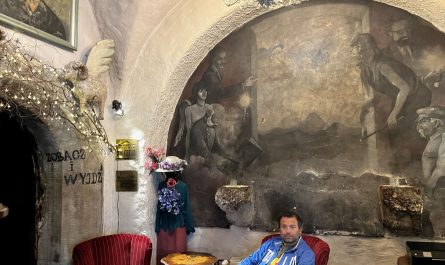Today marks the 100th day of the full-scale war in Ukraine. It means that Ukrainians have been fighting for 100 days to protect their independence and freedom. Every Ukrainian is reliving the 24th of February for the 100th time. For Ukrainians, there was no March, no April, no May and no June. Every day is the 24th of February, the day when everyone woke up from a massive air raid which divided the lives of tens of millions of people into before and after. 100 days of the war, just think about it.
In an attempt to make my last article a bit less controversial I want to tell you a bit more about Ukraine and why it’s a great country beyond its brave fight for freedom.
An important disclaimer: this article (and all others that I have written) represent solely my opinion, which does not equal the university’s opinion. These articles aim to spread awareness about the war in Ukraine, provide useful resources for donations and highlight my own opinion from the standpoint of a person whose family is in danger in Ukraine. Please do consider this. I do not encourage the spread of hate or bullying; there is already enough pain that people have to go through.
Ukrainian Flag
Ukraine has been fighting bravely, winning the hearts of people all over the world. Wherever you go you will see a Ukrainian flag. You will find it on landmarks from New York to Sarajevo, everywhere across social media, and especially at the anti-war protests around the world. The flag that was banned during the Soviet Union era has now become a symbol of freedom. But do you know what the colours of the Ukrainian flag stand for? Two main colours, blue and yellow, are the symbols of the blue sky and yellow wheat or sunflower fields under it. By the way, hold that thought about wheat and sunflower fields, we will come back to them soon.
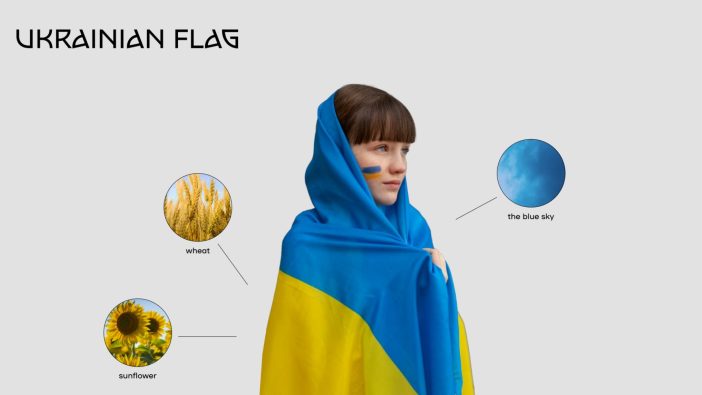
Ukraine’s geographical location and nature
Ukraine is located in Eastern Europe, and is bordered by Belarus to the north, Russia to the east, the Sea of Azov and the Black Sea to the south, Moldova and Romania to the southwest, and Hungary, Slovakia, and Poland to the west. Ukraine is the biggest country in Europe (if you count countries that exist entirely within Europe) with a population of around 40 million people.
I am sure you have seen pictures of Ukrainian cities devastated by the war. And you have heard that Ukrainian soldiers are bravely fighting one of the strongest armies in the world. But let me show you what they are fighting for.
Agriculture
Ukraine is a big agricultural country with a quarter of the world’s most fertile soils, called “black earth” or in Ukrainian “chornozem” (according to the US Department of Commerce). Ukraine is one of the biggest exporters of wheat, corn, and sunflower seed.
Ukraine produces: 18% of the world’s sunflower seed, 13% of corn; 12% of global barley exports; and 8% of wheat.
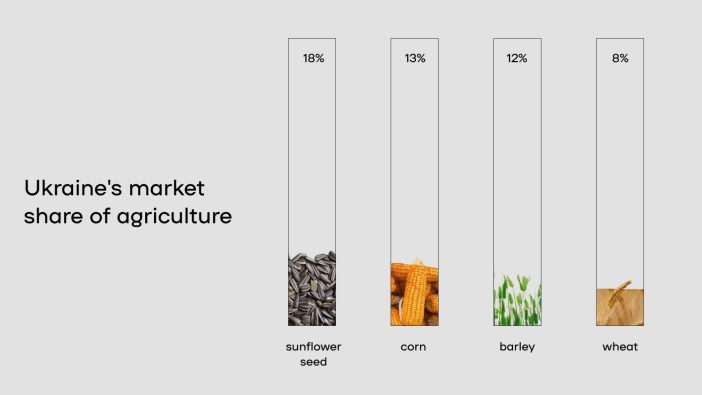
The sunflower oil export sector in Ukraine is very important to global trade, accounting for more than half of all global exports each year. Ukraine not only produces a great deal, but it also imports the vast majority of crops for several countries. And now there’s a war in Ukraine, which means the crop will be considerably smaller this year than in previous years. The Russian army has shut Ukraine’s seaports, reducing the supply of corn, wheat, sunflower seeds, and other commodities.
So, what’s the outcome? Food costs will rise all across the world because these crops are essential ingredients in a variety of foods. You’re not a fan of corn? Well, only 12% of it is consumed for food, while approximately 60% is designated for livestock feed. Yep, hamburger prices are going up too. (Read more about it here and here).
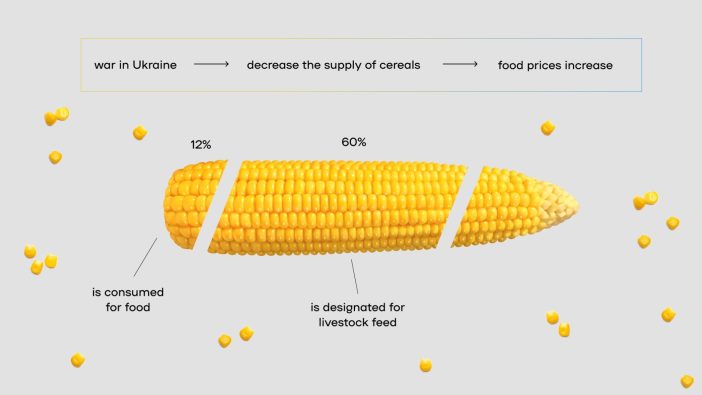
Metals, raw materials and chemicals
Ukraine isn’t only a large field for growing crops, as many people think, especially when it’s known as Europe’s “breadbasket.”
Ukraine is also an industrial powerhouse, exporting a wide range of metals, raw materials, and chemicals. I won’t bore you with statistics and figures, but let me say that there is a 50% chance that Ukrainian neon is present in every electronic item you own. Ukraine exports gasses such as neon and xenon, which are essential for the manufacture of computer chips as well as the automobile and space industries. Ukraine supplies over half of the world’s neon, with 90% of neon in the US being imported from Ukraine.
Now when two of the three Ukrainian neon companies halted production, every piece of tech and equipment, where chips are used, is expected to rise in price. (Read more about it here).
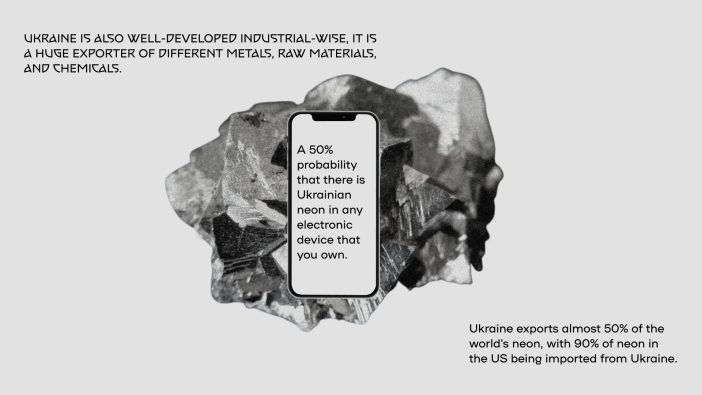
IT in Ukraine
Ukraine is not only about culture, traditions, and the past. It is also about the future. Ukraine is Europe’s top exporter of IT services, with over 200 000 IT professionals located in the country. Ukraine attracts international investment regularly, hosting more than 100 R&D facilities for multinational tech companies such as Microsoft, Ericsson, Siemens, and Oracle.
A growing number of young people are studying IT and working for successful IT firms that provide services such as web development, mobile development, and machine learning. As a result, Ukraine is the market leader not only in Europe but also in the United States for software outsourcing.
Ukrainian Startups
Is it just iron ore? Corn? What about startups? The number of Ukrainian startups has been rapidly increasing in recent years, and the startup infrastructure is continually expanding, with more venture funds, incubators, start-up hubs, and investors. Yes, Ukraine is still a long way from Silicon Valley, but have a look at some of the Ukrainian startups that you may support by purchasing their products.
https://www.youtube.com/watch?v=GklQL5z-5R8
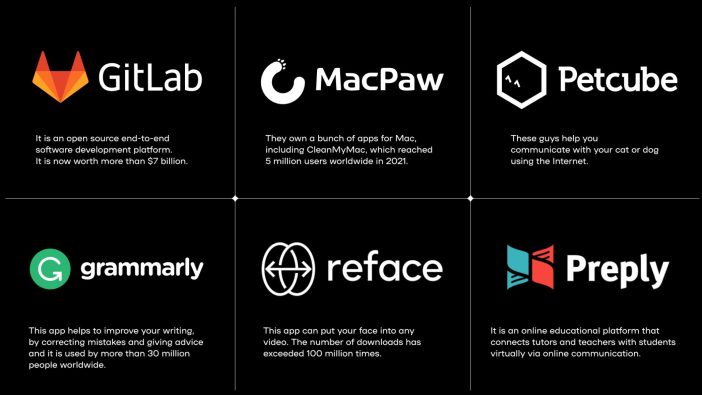
Brave.ua
It is a collaboration between the Banda creative agency with the Ministry of Digital Transformation about Ukrainian bravery. There is a website, which tells the stories of different brave Ukrainians during the war: https://brave.ua/en.html. It is also an amazing example of nation branding, which one day will be used as a case study in universities all over the world.
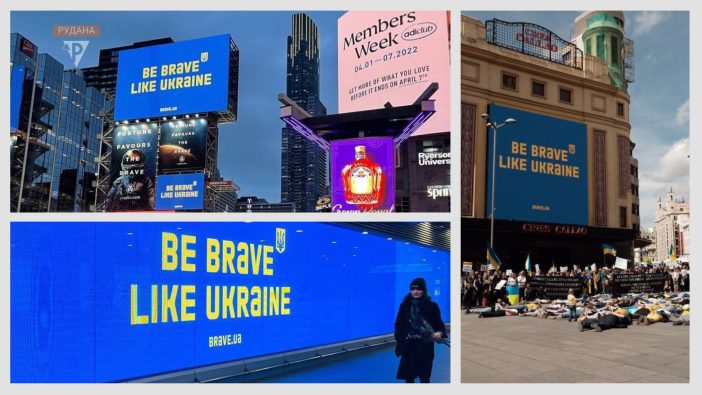
Ukrainian Language
Lastly, I want to quickly talk about the Ukrainian and Russian languages, as it seems to be a big question nowadays. If you watched my history videos, you might already know that saving the Ukrainian language was a challenging task. But let’s see how similar they are.
Firstly, the Ukrainian language is not the same as Russian. Lexically, the closest language to Ukrainian is Belorussian (84% of common lexis), then Polish (70% of common lexis), and Slovak (68% of common lexis). In fourth place there is Russian with 62% of the common lexis. For comparison, English and Dutch have 63% of common lexis.
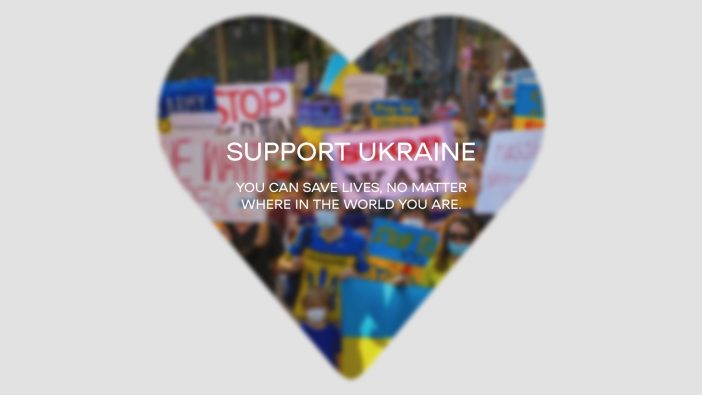
Read my previous articles:
